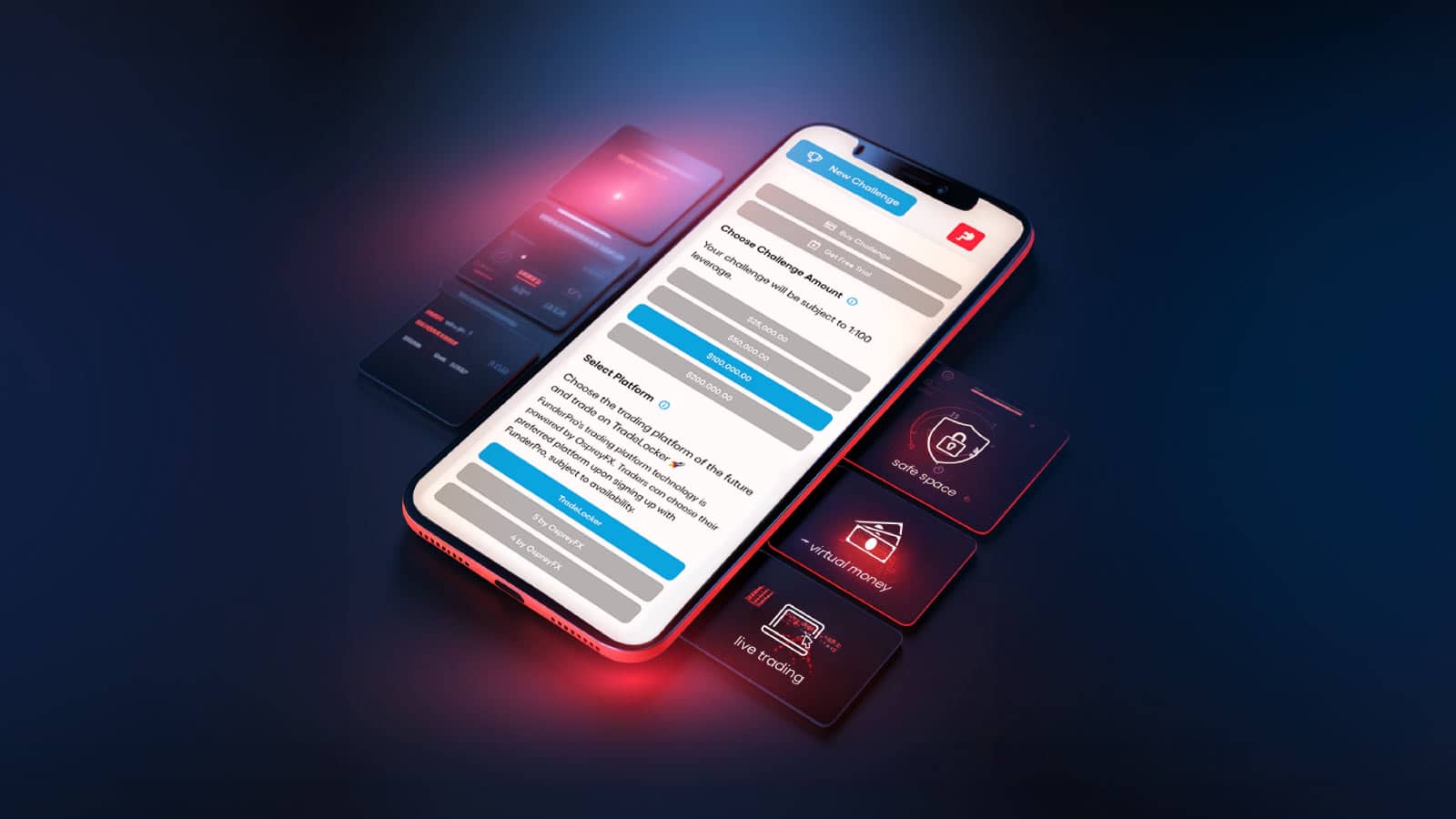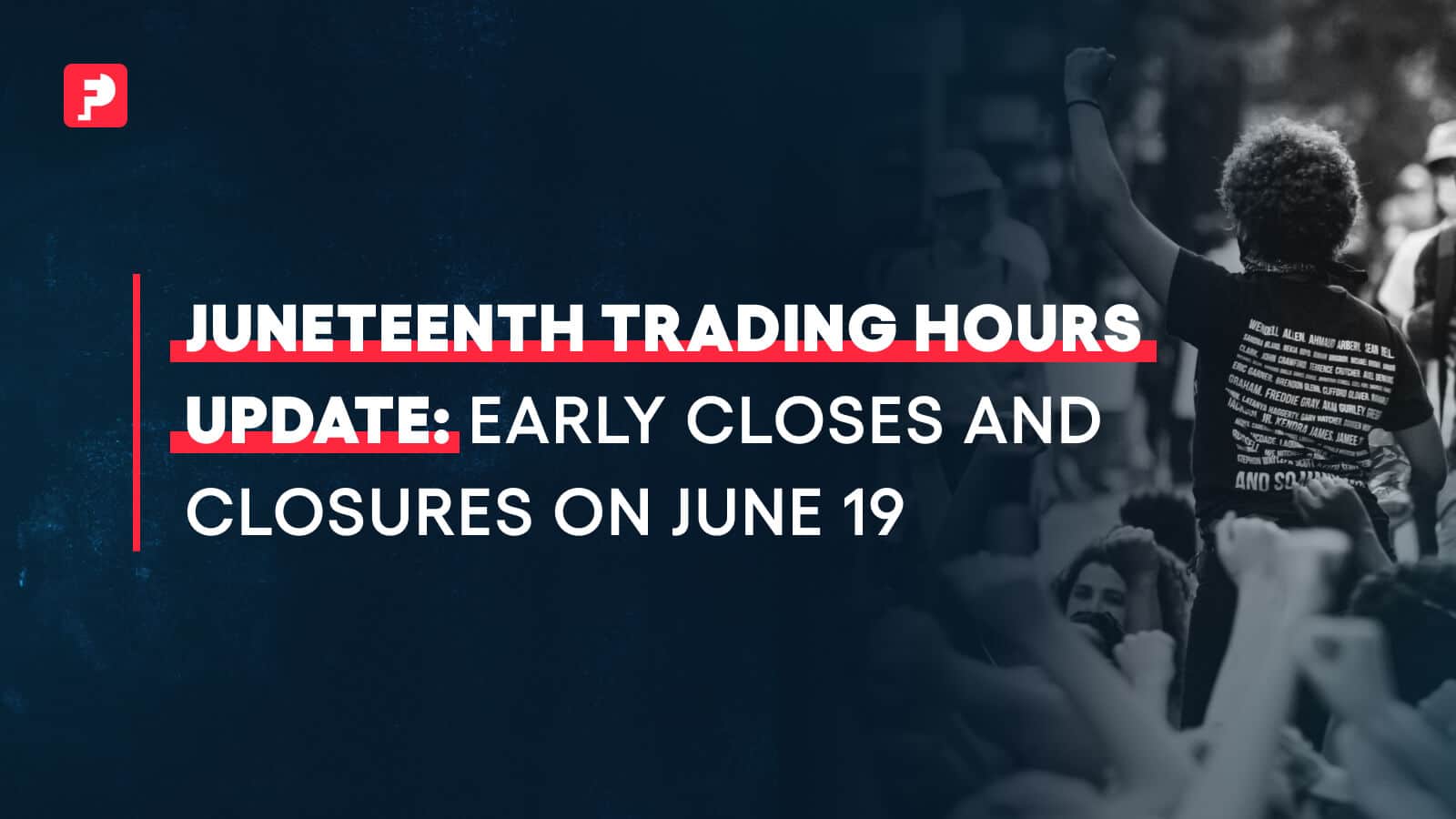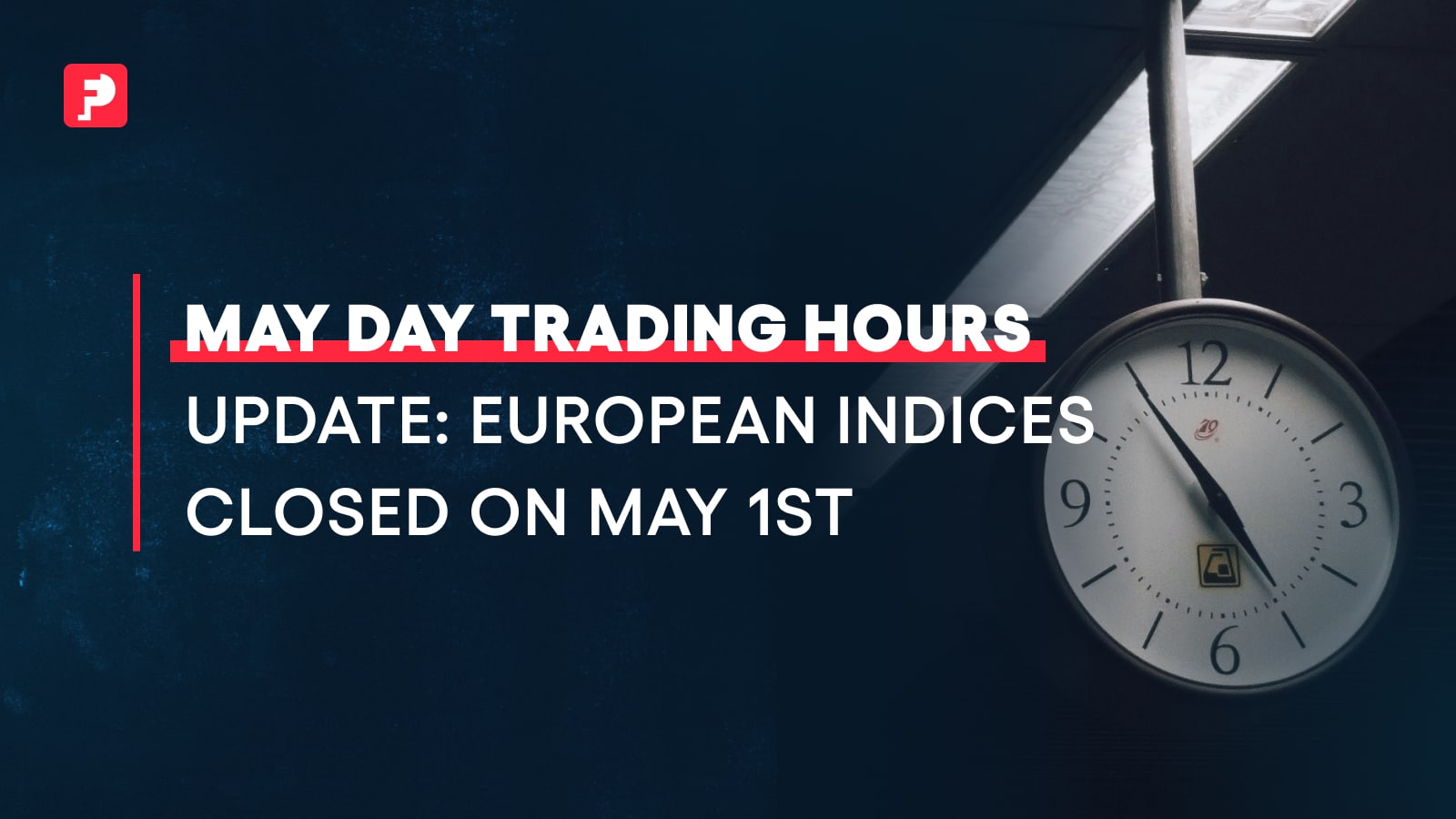
Paper Trading: What It Is, How It Works, and Is It Useful?
Key Takeaways
- Risk-Free Learning Environment: Demo accounts offer a safe space for traders to experiment, learn, and refine their strategies without financial risk.
- Balancing Act: Recognizing the advantages and limitations of paper trading is essential. It should be coupled with other methods like backtesting and gradual exposure to the live markets.
- Versatility: Practicing with simulated funds is applicable across various markets, including forex, and can even assist in passing funded account challenges.
Learning to trade doesn’t mean risking your hard-earned cash. Paper trading, a practice stemming from the days when aspiring traders would record trades on paper, offers a modern solution. Let’s explore what it is, see how it stacks up against backtesting and live trading, and how it can help you succeed in your journey to financial freedom.
What Is Paper Trading?
Paper trading is the act of simulating trades using virtual (aka fake) money. This allows both novices and experienced traders to experiment with strategies without taking financial risks. Back in the days, traders would record their hypothetical trades and then test them against the real market. Nowadays, there is software that handles that, and sometimes it is referred to as simulated or demo trading.
How Does Paper Trading Work?
Almost exactly like live accounts, just without the financial risk. As we said, people now rarely choose to manually track trades, instead, they use simulations and online platforms. Some brokers offer sophisticated simulators that replicate real market conditions, giving users the feel of the real thing.
Advantages of Paper Trading
Paper trading can be a valuable learning tool, allowing both novice and experienced traders to practice without financial risk. A simulated environment offers a way to test strategies and gain insights into the world of financial speculation. Here’s a closer examination of the advantages:
1.Risk Elimination
You use virtual or “fake” money, meaning you’re not risking any real capital. This makes it an excellent way for new traders to get started without the fear of losing money.
2.Skill Building
You have a safe space to learn about different strategies, understand market dynamics, and gain hands-on experience. It helps build confidence and skills that will be crucial when moving to live accounts with your own funds.
3.Strategy Testing
You can experiment with various strategies to find what works best for you. From learning how to place different order types to understanding how to read charts, it offers a platform for endless learning and experimentation.
Disadvantages of Paper Trading
Despite its benefits, paper trading has limitations that may lead to a skewed perception of real-world conditions. Certain dynamics, such as emotional reactions and market nuances, may not be fully captured. Below are some of the key drawbacks to be aware of:
1.Potential for Complacency
The absence of real financial risk might lead to a false sense of security. Without the pressure of potential loss, traders might take reckless risks that they wouldn’t if their money were on the line; this may lead to developing bad habits that may be harmful in a live setting.
2.Limited Realism
The dynamics of real market conditions may not be accurately replicated. Factors such as slippage, spreads, or commissions might not be accounted for in a simulation. This lack of realism could lead to unexpected results when transitioning to a live environment.
3.No Real Profits
While a great platform for practice and learning, the gains made in this environment aren’t real. Success in a simulated environment does not guarantee success in the real market, and there’s no opportunity to realize actual profits from your virtual successes.
The Key Is Staying Balanced
Paper trading provides a valuable learning tool for both new and experienced traders. By understanding both the advantages and disadvantages, traders can use this tool effectively, balancing the risk-free learning environment with the recognition of its limitations.
It should be seen as a step in a broader education process, coupled with other methods like backtesting and gradual exposure to live trading. By approaching it with awareness and a well-rounded perspective, paper trading can serve as a springboard to real-world success.
Paper Trading vs. Live Trading
While paper trading offers a risk-free environment, live trading comes with both potential rewards and risks. The emotional dynamics wildly differ too, as dealing with real money can lead to different behaviors and responses. Therefore, practicing with a simulation is advised before jumping into a live environment. If you can forget that you are using fake funds and act like you would in the real market, all the better.
Paper Trading vs. Backtesting
Paper trading and backtesting are two common ways to test strategies, but they serve different purposes:
- Paper Trading: Focuses on real-time simulation, allowing for both technical and fundamental analysis.
- Backtesting: Applies a strategy to historical data, providing rapid insight into how a strategy might have performed in the past.
Backtesting is more technical and can be faster, while paper trading offers a real-time, hands-on experience. They both have their place in every trader’s learning path.
Paper Trading in Forex
Paper trading can be applied to the forex market and allows both new and seasoned traders to simulate the buying and selling of currencies without any financial risk. This risk-free environment provides an opportunity to understand the complex dynamics of the foreign exchange market, including the influences of global events, interest rates, and economic indicators on currency pairs. Since the forex market operates 24 hours a day (for five days a week), making sure the platform you use offers real-time data feeds is paramount. Use a demo account to understand leverage and manage the unique risks associated with the high volatility often found in forex trading. Nowadays, many forex brokers offer demo accounts with virtual funds, allowing traders to get accustomed to the specific platform and conditions they will encounter using live accounts.
Can Paper Trading Help Me Pass My Funded Account Challenge?
Paper trading can indeed be a valuable asset in preparing for a funded account challenge. By starting off on demo accounts, you can simulate the conditions of the funded account challenge (such as drawdowns and the consistency rule), allowing you to practice without any financial risk. The skills and knowledge you gain can help you make more confident, informed decisions during the Challenge, increasing your chances of success and the opportunity to claim daily rewards based on your perfomance.
Getting Started with Paper Trading
Many online brokers and platforms offer demo accounts. Remember to pay attention to things like trade types, pricing data, accessibility, research tools, and any associated fees.
Free Paper Trading Platforms
To give you the upper hand, here is a short list of the best free options out there:
- TradingView Basic Account: Their free tier offers a demo account functionality, although some of the features are locked behind a paywall.
- Investopedia simulator: This is a stock market simulator. Nonetheless, it can help you get a risk-free understanding of how to trade.
Conclusion: Practice Makes Perfect
Paper trading is a valuable tool for anyone looking to understand the world of financial markets without risking real capital. By combining it with other methods like backtesting, you can gain a comprehensive understanding of different strategies and market behaviors.
Whether you’re a beginner eager to learn or a veteran wanting to test a new strategy, paper trading can be an essential part of any trader’s toolbox. It’s a way to practice, learn, and grow, setting the stage for future success in the financial markets.
Ready to become a funded trader? Sign Up Now.



